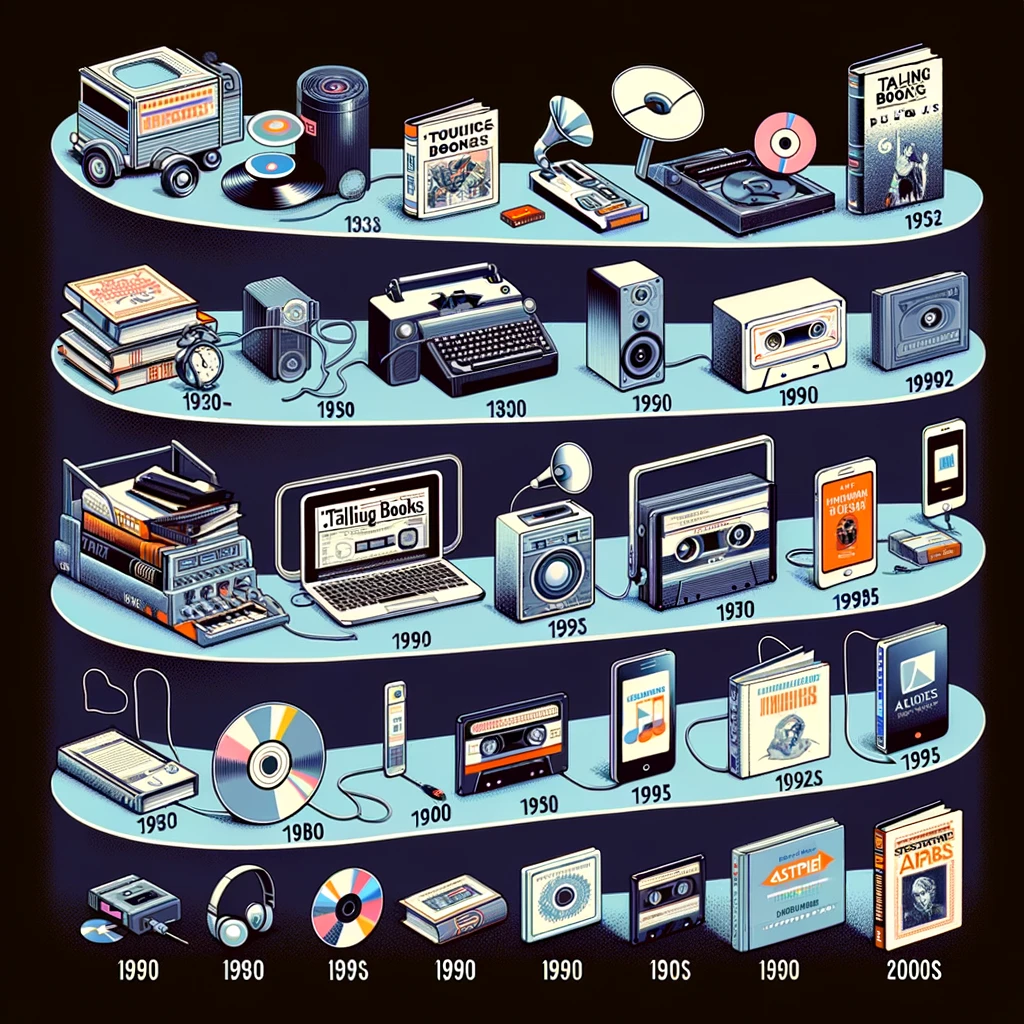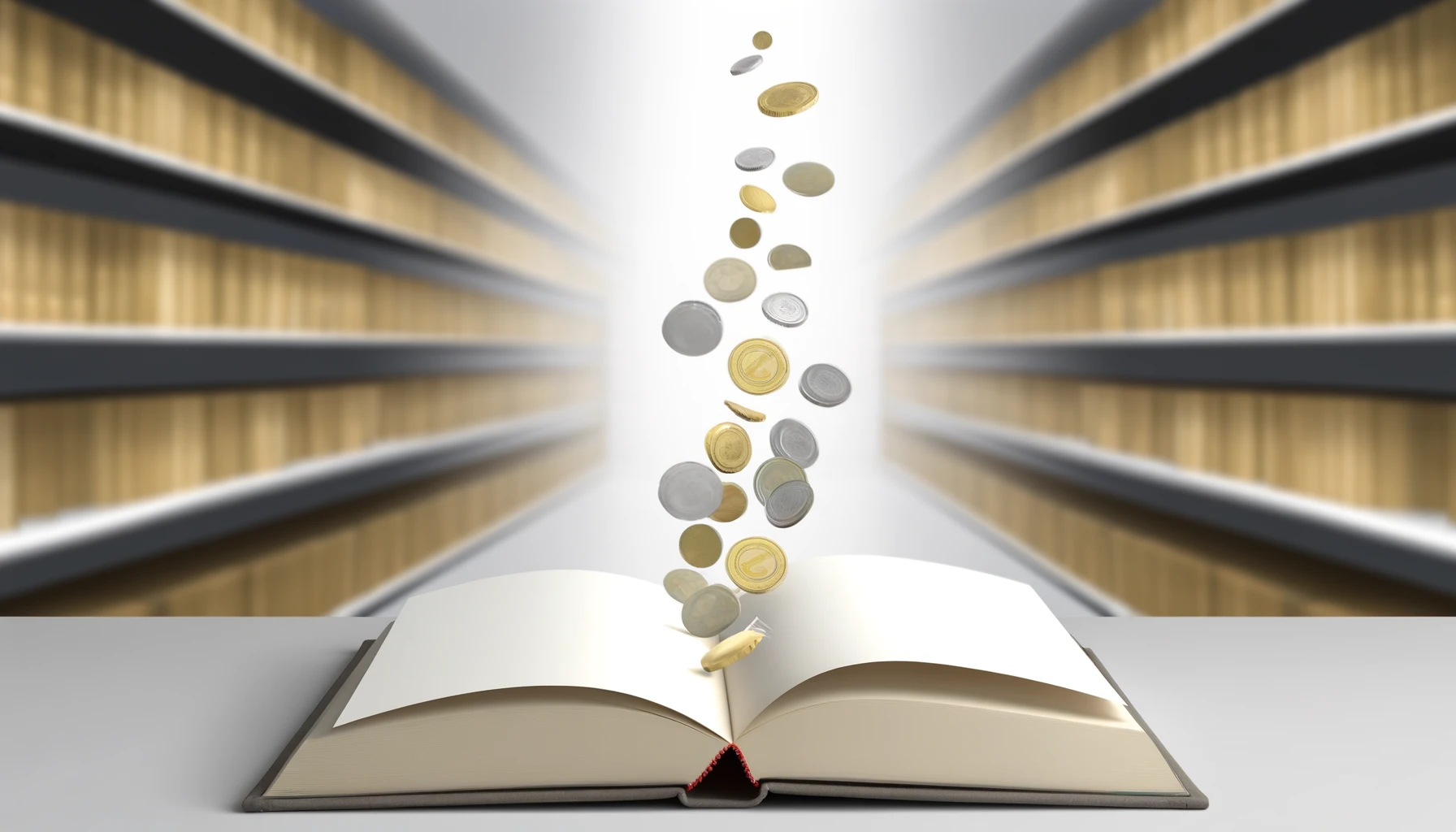Introduction
In recent years, audiobooks have surged in popularity, offering a convenient alternative for consuming literature and information while on the go. However, many consumers find themselves asking, “Why are audiobooks so expensive?” This question is particularly pressing considering the digital nature of audiobooks, which don’t involve physical manufacturing or distribution costs like traditional books. In this article, we will explore the various factors that contribute to the pricing of audiobooks, shedding light on the production process, the roles of publishers and authors, and the technology involved. Understanding these elements can provide insight into why audiobooks often come with a higher price tag compared to their printed counterparts.
Disclaimer: This post contains affiliate links. This means we may earn a commission if you should chose to sign up for a program or make a purchase using our link.
Sign-up for free trial to Audible Plus by Amazon or Audible Premium Plus. What is Audible Plus vs Premium Plus?
Table of Contents
1. Narrator Fees
The narrator’s skill is pivotal in bringing a book to life. High-profile narrators like Stephen Fry, who narrated the “Harry Potter” audiobook series, or Meryl Streep, who has lent her voice to several audiobooks, can command significant fees. For example, a well-known voice actor or celebrity can cost thousands of dollars per finished hour. Considering that a typical novel can be around 10-15 hours long, the cost for just the narration can run into the tens of thousands of dollars.
Here’s a complete guide to “How Much Do Top Audiobook Narrators Make?“

2. Production Quality
Audiobook production is not just about reading a book into a microphone. It involves careful pacing, emotive voice acting, and precise diction. For instance, the audiobook version of “The Girl with the Dragon Tattoo” features a full cast production, enhancing the listening experience but also increasing production costs. These productions can involve multiple voice actors, a director, sound engineers, and other technical staff, all of which contribute to the production budget.
3. Technological Infrastructure
The platforms that distribute audiobooks, such as Audible, invest heavily in technology to support a seamless user experience. This includes the development of apps, storage for large audio files, and bandwidth costs for streaming or downloading books. For example, Audible’s Whispersync technology allows users to switch between reading the Kindle book and listening to the audiobook without losing their place, a feature that requires advanced programming and ongoing maintenance.

4. Royalty Structures and Licensing Fees
Publishers need to negotiate rights with authors, which can be costly, especially for popular books. Additionally, royalty rates for audiobooks may be higher than for eBooks or print, reflecting the additional production costs and value provided by the format. For example, J.K. Rowling’s negotiations for the digital rights for the Harry Potter series were famously stringent, reflecting the high value and demand for these rights.
5. Limited Competition
The audiobook market is less competitive than other book formats, dominated by a few key players like Audible (owned by Amazon), Google Play Books, and Apple Books. This lack of competition can keep prices high, as there are fewer market pressures to drive prices down.
6. Market Expansion and Exclusive Titles
To attract listeners, platforms often secure exclusive audiobook titles. For example, Audible has exclusive rights to several popular series and standalone books, which can only be listened to via their platform. This exclusivity can justify higher prices due to the unique offerings that can’t be found elsewhere.
History of Audiobooks
The audiobook market has evolved significantly over time, and its pricing dynamics have also changed in response to technological advancements, market demand, and industry practices. Let’s explore the historical context and trends that have influenced the pricing of audiobooks:
Early Beginnings
Audiobooks first emerged in the 1930s as “talking books” created primarily for people with visual impairments. These were distributed on physical media like vinyl records and cassette tapes by organizations like the American Foundation for the Blind. Initially, these were not commercial products, and thus, their “pricing” was not a major issue. However, as audiobooks began to be produced for a wider audience, they transitioned into a commercial product available to the general public.

Transition to Commercial Products
By the 1980s and 1990s, audiobooks became more commercialized, transitioning onto cassette tapes and later CDs, sold mainly through bookstores and rented in libraries. During this era, audiobooks were relatively expensive to produce and buy, primarily due to the costs of physical media production, packaging, and distribution. Audiobooks on CD could be quite costly, often more expensive than their hardcover counterparts due to limited production runs and the niche market.
The Digital Revolution
The real transformation in the audiobook industry came with the advent of digital media. In the early 2000s, downloadable audiobooks became available, eliminating many of the costs associated with physical production. Companies like Audible, founded in 1995, spearheaded this shift. Despite the reduction in production and distribution costs, prices remained relatively high, influenced by the cost of digital storage, complex royalty arrangements, and the value of the convenience offered by the format.
Recent Trends
In the last decade, the pricing of audiobooks has been influenced by several factors:
- Subscription Models: Services like Audible have introduced subscription models that allow users to access audiobooks at a lower per-unit cost than purchasing them outright. This has made audiobooks more accessible, although the overall pricing structure remains high to cover the myriad costs involved in production and distribution.
- Increased Competition: With more players entering the market, including Google Play Books and Apple Books, there has been some pressure to moderate prices. However, the market is still dominated by a few key players, which limits significant price competition.
- Technological Enhancements: Improvements in text-to-speech technology might eventually lower costs, but currently, high-quality audiobooks are still reliant on professional human narrators and costly production processes.
Conclusion: Why Are Audiobooks So Expensive?
The question, “Why are audiobooks so expensive?” reflects valid consumer concerns in an age where digital products are often expected to be cheaper than their physical counterparts. However, as we’ve seen, the production and distribution of audiobooks involve significant costs and logistical considerations. Understanding these factors helps clarify the value offered by audiobooks and explains the pricing strategies adopted by publishers. While they may carry a higher price tag, the investment in producing a high-quality audiobook can enrich the listening experience, making it worth the cost for many users.
Don’t forget to check out our other blog posts like “15 Audiobooks About Animals“





